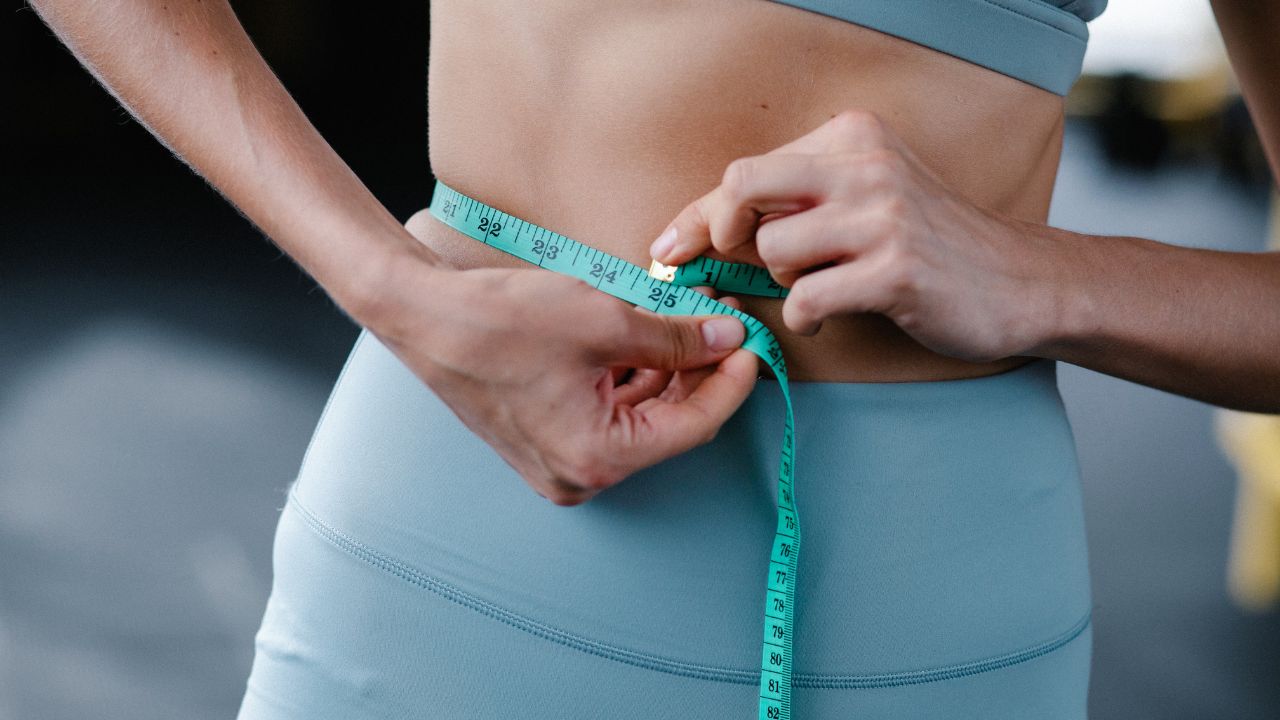
A fitness tracker is a great tool to help you measure your progress towards your goals. Calorie counters on treadmills cannot be trusted. The treadmill display readings of 20 percent might be accurate. However, 200-calorie meals should not be followed by the same number. For more precise measurement, we recommend using a heart rate monitor or a VO2 analyzer to keep you motivated.
VO2 analyzers provide precise measurements
A VO2 analyzer allows you to monitor your metabolism in real-time and gives you an accurate measurement of the calories burned on the treadmill. Since calorie counters aren't very accurate, comparing each workout to the previous one is crucial to keeping your routine consistent. You can do this by using a VO2 analysisr. It's portable, inexpensive, and can be used anywhere.

Heart rate monitor gives more accurate calorie count
Calorie counters for treadmills can be inaccurate. Different individuals have different amounts of calories to burn, and this is dependent on their body weight and fat percentage. The number of calories burned by treadmills can vary between brands and models. However, the accuracy of the treadmill calorie counter can be affected. A heart rate monitor can provide a better way to determine how many calories you are burning while running.
In order to burn calories quickly, speed is important.
The speed of a treadmill determines the amount of calories you burn while running or walking. A slower pace will burn fewer calories than a faster one. The length of your stride also affects the amount of calories burned. A shorter stride means you're picking your feet up more frequently per mile, which means more calories are burned. The same principle applies when it comes to speed. The more you run, the less calories you will burn.
In order to burn calories, speed on the treadmill is important.
The speed and incline of a treadmill are both important factors in calculating the amount of calories you burn during a workout. A faster treadmill speed can mean a higher calorie burn. But, a slower treadmill pace can result fewer calories burned. This is because treadmills do not ask for weight. They use a reference weight, which is 155 pounds.

Using a heart rate monitor can improve calorie count
A heart rate monitor will help you to manage your workout intensity, and burn more calories. By monitoring your heart rate, you can determine your target heart rate zone and adjust your speed and gradient accordingly. You'll burn the most calories and maximize your weight loss potential if you work within your target heart beat zone. But, for beginners, a heart-rate monitor is not necessary. In fact, it can even help improve your treadmill calorie count.
FAQ
How long does it take for you to lose weight?
It takes time for weight loss. It takes about six months to lose 10% of your weight.
You should not expect to lose weight overnight. Your body will need time to adapt to new dietary changes.
This means that you need to slowly change your diet over a period of time, such as a few days or weeks.
Fad diets are not recommended as they don't work. Instead, try to change your daily routine.
If you eat unhealthy snacks at night, you might want to cut back.
It is better to eat healthier meals early in the evening. This will ensure that you don't snack late at night.
Water is essential for your body. Water keeps your body hydrated and prevents dehydration. You feel tired and slow if you are dehydrated.
Drinking lots of water throughout the day can help you stay energized, focused, and alert.
You can reduce stress by relaxing. Spending time with loved one could help you reduce stress.
You could also read books or watch movies, or listen to music.
These activities can help you relax from stressful situations. They can also help improve your moods and self-esteem.
It is essential to think about your health before you lose weight.
Your overall health is directly related to your physical fitness. If you are looking to improve your physical fitness, it is important that you eat well and do regular exercise.
What should I eat during intermittent fasting to lose weight?
Cut out carbs to lose weight. This means you have to cut back on carbs such as bread, pasta rice, potatoes, and any other carbohydrate-based food.
Because it makes you feel fuller, you'll want to limit your intake of protein. So you won’t feel hungry nearly as often.
Focus instead on foods high in healthy fats such olive oil and avocado, as well as nuts and seeds. These foods are satisfying and will keep your hunger at bay for hours.
It is important to drink enough water. Water helps you stay hydrated, which makes it easier to burn fat.
Sometimes you may feel compelled to eat these foods even if you're not fasting. These cravings don't necessarily mean that you should give in. You could gain more weight than what you lose if you do.
Try to limit how many calories you eat each day. This will help prevent you from overeating. You can sip water instead of reaching out for another snack when hunger strikes.
Although it might seem counterintuitive, this is actually proven to be a great way to lose weight. A study published in Obesity found that participants ate fewer calories when they drank plain water than sugary drinks.
Consuming water plainly also helped to decrease hunger. You can lose weight by avoiding sweetened drinks and sticking to water.
You don't have to eat every calorie or avoid certain foods if you are trying to lose weight. Instead, you should make small lifestyle changes.
Start by switching your regular breakfast sandwich for a bowl oatmeal. You can also swap out your afternoon cookie for a piece fruit.
These simple swaps can add up over time to help you shed excess weight without spending hours in your kitchen.
How Much Exercise is Required to Lose Weight?
There are many factors that affect the amount of exercise you need to lose weight. Most people require moderate activity at least five days per week.
The American College of Sports Medicine recommends 150 minutes of moderate-intensity aerobic activity each week, spread over three days.
For example, if you want to lose 10 pounds, aim to do 300 minutes of moderate-intensity exercise each week. This includes activities such brisk walking and swimming laps, bicycling, dancing, playing tennis or golfing, hiking, running, jogging and other similar activities.
You can start out by doing 20 minutes of intense activity three times a week. This could be lifting weights, sprinting, jumping rope, and fast walking.
Aerobic exercise can help burn calories as well as build muscle mass. Muscles can burn more calories that fat. So building muscle while losing weight may help you achieve your goal faster.
How often do people fast?
The majority of people who follow the ketogenic diet fast only once a week. But, some people fast twice per week. Others fast three times a week.
There are many lengths to fasting. Some people fast for 24 hours, whereas others fast for 48 hours.
Some people go on for more than 72 hours. These extreme cases are rare.
How to Make an Exercise Plan?
Create a routine. It's important to have a plan for each day. This helps you plan and prevents procrastination.
Second, make sure that your workouts are varied. Exercise shouldn't be boring. Otherwise, you'll lose motivation.
Keep track of your progress. It's crucial to track your weight changes over time.
It's easy for people to lose motivation when they start by losing weight. However, it's much harder to stay motivated when you gain too much weight.
Find a healthy balance between losing weight and gaining weight. If you are unhappy with your current situation, you will be less inclined to exercise.
Statistics
- One 6-month study showed that simply doing 11 minutes of strength-based exercises 3 times per week resulted in a 7.4% increase in metabolic rate, on average. (healthline.com)
- A 12-week study in 20 women with obesity found that walking for 50–70 minutes 3 times per week reduced body fat and waist circumference by an average of 1.5% and 1.1 inches (2.8 cm), respectively (healthline.com)
- Among women, the increase in metabolic rate was nearly 4%, or 50 more calories per day (14Trusted Source (healthline.com)
- It's estimated that half of all American adults attempt to lose weight every year (1Trusted (healthline.com)
External Links
How To
How to Intermittent Fasting
Intermittent fasting, a type of dieting that allows you to only eat one time per week, generally Monday through Friday. This diet aims to lower your overall calorie intake, while still ensuring you get enough nutrition. It is believed that this will help you burn fat quicker than if the meals are regular for the whole week.
The most common form of IF involves restricting calories only on certain days of the week. This would be a way to skip breakfast and eat whatever you want throughout the day. It is possible to choose to have three smaller meals each day, rather than two large.
There are many types of intermittent fasting. There are pros as well as cons to each form of intermittent fasting. Alternate day fasting is the easiest way to start out because you don't have to make any major changes to your lifestyle. But, there are some people who find it hard to follow such a strict schedule. These people might prefer to try different methods.
I recommend alternate-day fasting if you're starting an intermittent fasting regimen. This will allow to slowly transition to more extreme fasting regimens without drastically changing your lifestyle.